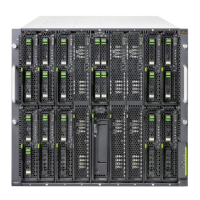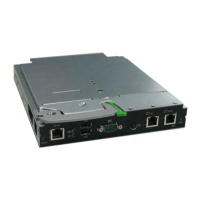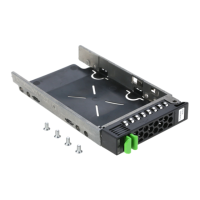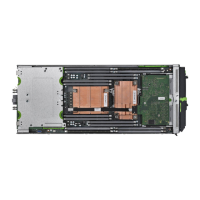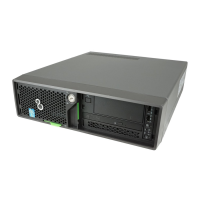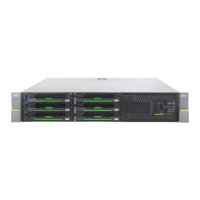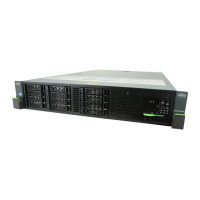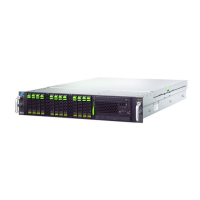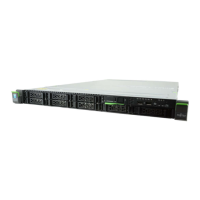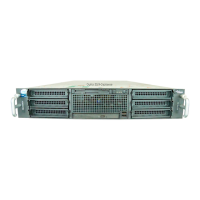© 2011 Fujitsu Technology Solutions
72
8 End-Host-Mode (EHM)
End-Host-Mode (EHM) forwarding is based on server-to-uplink pinning. A given server interface
(downlink port) uses a given uplink regardless of the destination it’s trying to reach. Therefore,
connection blade will not learn MAC addresses from external LAN switches; they only learn MACs from
servers inside the chassis. Therefore, the address table only contains MAC addresses of server blades
connected to downlink ports. Addresses are not learned on frames from uplink ports; and frames from
downlinks are allowed to be forwarded only when their addresses have been learned into the connection
blade’s forwarding table. Frames sourced from servers inside the chassis take optimal paths to all
destinations (unicast or multicast) inside. If these frames need to leave connection blade, they only exit
on their pinned interface. Frames received on uplink ports are filtered, based on various checks, with an
overriding requirement that any frame received from external LAN switches must not be forwarded back
to the external LAN switches. However, connection blade does perform local switching for server to
server traffic.
Connection blade FW provides an option to switch between the normal LAN switch and End-Host-Mode.
However, a reboot of connection blade is required after the mode is changed. After customer changed
the mode, the system will be rebooted automatically.
End-Host-Mode and Switch-Mode use the same startup configuration file. The spanning tree
configuration will be hidden while the FW is running with End-Host-Mode. Customers will have their
original spanning tree configuration after the FW is switched back to Switch-Mode. Other functions such
as VLAN configuration are shared in Switch-Mode and End-Host-Mode.
In EHM, a “Pin Group” is introduced to define a pinning Group. The goal for Pin Groups is to provide
partitioned bandwidth for the downlinks you configured. The Pin Group could guarantee the uplink
bandwidth will not be shared with other downlink ports outside the Pin Group. User could configure the
uplinks and downlinks to form a Pin Group so that the downlinks of the Pin Group will select the pinned
interface from the uplinks of that Pin Group.
With EHM it is assumed that all uplinks connect to the same L2 network. Per default, all servers are
pinned to dedicated uplink-ports. Thus no port-channel is required between CB and ToR (Top-of-Rack)
switch. As an option, a standard port-channel can be configured on the uplink-site.
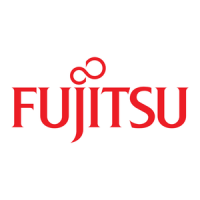
